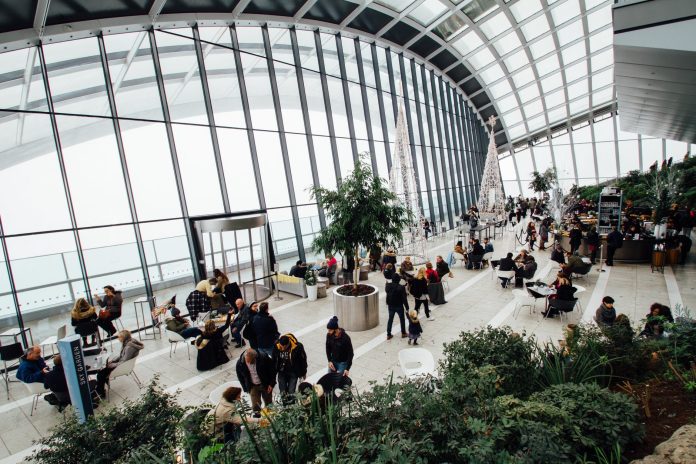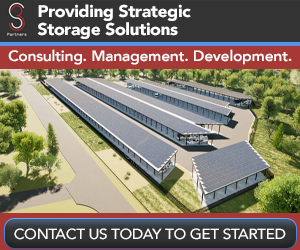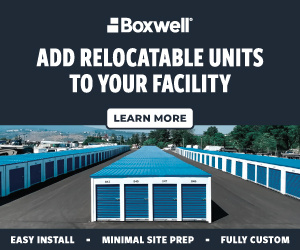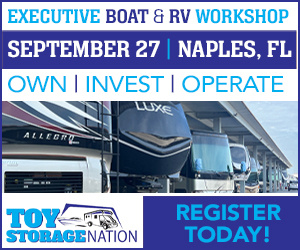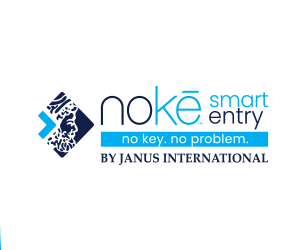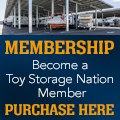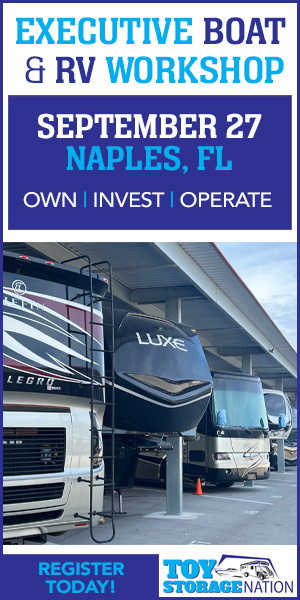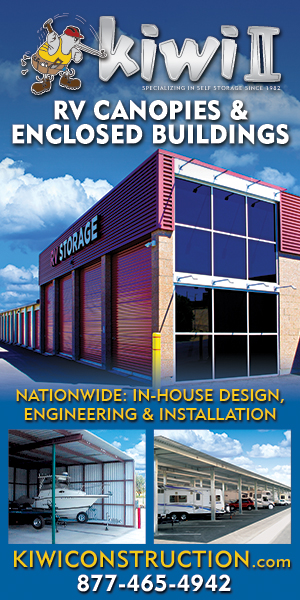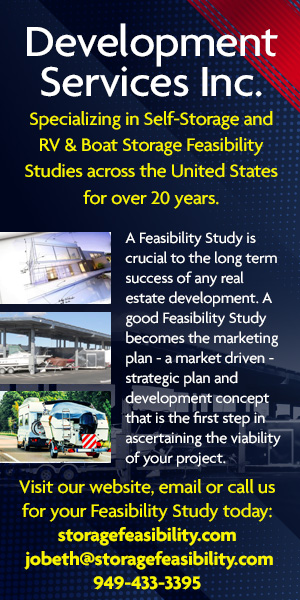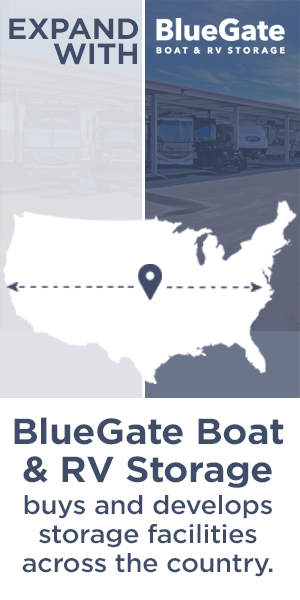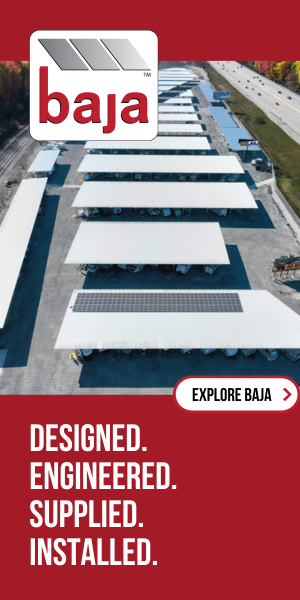
Trade shows are fantastic opportunities to engage with old customers, show off to and win potential new customers, and to learn what’s abuzz in your industry. Trade shows can also be complex environments requiring significant financial investment and planning in order to maximize results. In any case, following a few key strategies — before, during, and after the trade show — will help you make your next one a success.
Before the Trade Show
Minimally, preparing for a trade show involves three key areas: handling all the logistics that enable your participation in the trade show possible, marketing collateral, and a means of showing off what your business makes or does.
First, because even small trade show efforts can be a logistical monstrosity, put a single person in your organization in charge of the entire trade show exercise, from top to bottom. He or she can have a team if needed, but dedicating a single leader to pulling off all that needs to happen will help the trade show go more smoothly from start to finish. They’ll not only be in charge of marketing collateral and sample parts but also handling all that goes into registering for the show, ordering a trade show booth — from the color carpet to any furniture rentals to fabrication and delivery of other branded materials such as banners, backdrops, and signage.
Second, trade shows are sort of an old-school business philosophy — simply get everyone in the same room and watch the conversations begin. And as important as your modern website and high-tech social media efforts are, in the trade show these can take a back seat to more traditional marketing collateral: business cards and flyers. So have a bunch made up and think through how you’re going to give them away. Tip: Attach them to or hand them out some kind of thoughtful tchotchke or trinket. The best ones are multifunction pens and grid-lined notebooks, which of course should be adorned with your business name. Prepping business cards, flyers and customized giveaways takes time for production and printing, so plan well in advance so you’re not rushing as the trade show begins.
Third, if possible, be sure to bring something to the trade show that clearly shows what business you’re in. If you’re a manufacturer, bring in sample parts. If you’re a service provider, bring a related piece of equipment and/or a well-made video that engagingly demonstrates how you work. The idea is to help a visitor to your trade show booth or space to quickly understand what you do and what goes into it. Like marketing collateral, sample parts or videos of key processes take time to develop and prep. Sometimes additional logistics are involved to get things in the door — whether you deliver them or have another service do the delivery and set up for you.
Finally, plan what you’re going to do during every minute of the trade show. Whether you’re there solo or with a team, decide on who’s staying in the booth, who will walk the rest of the show, and when those roles switch. Decide ahead of time how to handle certain booth visitors — some people like to read all your signage and flyers and not engage you personally, some people like to engage personally and will read nothing, even if it’s right in front of them. Decide ahead of time where to stand in your booth (tip: don’t sit in your booth and don’t eat while you’re in there) and whether you’ll passively wait for a visitor to step in or say something or whether you’ll proactively reach out, literally, and introduce yourself to those walking by.
During the Trade Show
The trade show proper is all about making connections for later follow-up. With a plan in place, it’s time to execute when the trade show actually starts. Trade show traffic does tend to spike at various times — generally about an hour after it starts, before lunch, and a little bit after, etc.
During the spikes, do your best to politely continue conversations in your booth while breaking off and asking a new booth visitor to give you 30 seconds while you wrap up the conversation you’re currently in. Unless you’re dealing with a hot prospect who you need to keep engaging, it’s perfectly fine to establish these break-off points to keep the conversations rolling. That’s where the business cards and flyers and giveaways come in. Hand these out judiciously but make sure you collect a business card in return or take a note of the contact for follow-up later.
If you’re visiting a booth, introduce yourself, present your card, and get to the point of your visit. Ask for an opportunity to follow up if the situation calls for it or see if you can arrange a follow-up meeting later in the day or week, during a slower time. Take copious notes on the location of the booth, who you actually talk to, etc.
Many trade shows offer plenary sessions such as presentations or other talks on topics such as the state of the industry and the like. These can be helpful and a great time to network. If the topics aren’t of interest or if you have other pressing business to handle at the show, see if these are recorded or otherwise available for viewing later. If they are, you can instead use the time for the follow-up meetings mentioned above or to catch up on other show logistics needing your attention.
The most important tool you’ll use during the trade show is some kind of means to take careful notes. Sharpies and business cards can be adequate but a more robust system may be needed. For note-taking, some like to take pictures of business cards and booths (make sure to ask permission) using the camera on their mobile device.
After the Trade Show
Trade shows require a substantial amount of effort before and during and when it’s finally over, there’s still more to be done to make the whole enterprise as worthwhile as possible. Aside from all the tearing down and cleaning up and traveling home, the making of contacts and the procedures for following up with contacts may prove to be most important.
The key to the post-trade show effort is to have a meeting of all involved in the trade show to collectively review the good, bad, and ugly of the show. Most important is having a single person create a detailed chart showing all contacts made, their key information, and notes regarding what to do next. These can get plugged into whatever sales funnel or other marketing mechanisms exist for your company but be sure to allow the right amount of time to pass before officially reaching out. In fact, unless you and your new contact made a point to follow up at a specific time, give trade show attendees a few days to recover from the show (physically or otherwise), get back in their business groove, and thus be more ready to hear from you. You can reach out to new contacts on LinkedIn at any time, including a personalized note mentioning the trade show.
This is also the time to evaluate the trade show logistics that pertain to you. Did you have the right size booth? Enough marketing collateral? Helpful giveaways?
Finally, for those that engaged you in conversation about your business, what questions seemed to come up regularly and whether there’s a way to better address them through who attended or the content of the marketing collateral.
Checklists
Before
- put a single person in charge
- plan out trade show logistics
- prepare marketing collateral and giveaways
- discuss plans for timing, people, engagement
During
- note trade show traffic spikes
- have marketing collateral and giveaways at the ready
- plan your floor walk / booth visit timing, paths
- plan for how to use plenary sessions
- decide on note taking tools
After
- hold a post-show meeting
- collect in one place the contact data and notes
- evaluate trade show logistics
- capture common questions and how to address them in the future









